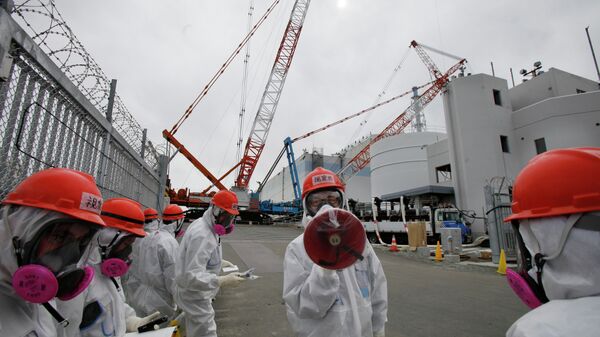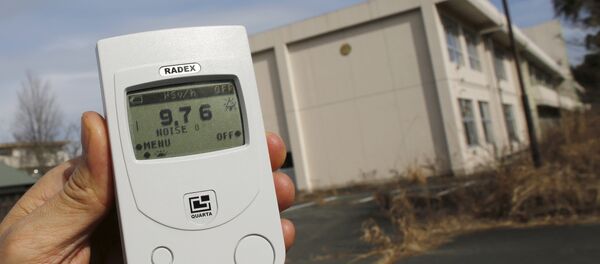BEIJING (Sputnik) — Five years ago, on March 11, 2011, the Fukushima nuclear power plant was hit by a 46-foot tsunami, triggered by a 9.0-magnitude offshore earthquake. The tsunami caused three of the plant's six reactors to melt down, resulting in radioactive materials leaking into the sea and air.
"The nuclear industry has not changed since 2011. In terms of regulations, the new agency the NRA [Japanese Nuclear Regulation Authority] remains weak and ineffective and prepared to approve reactors to operate without addressing major safety issues — seismic and tsunami risks are ignored in the review process; risks from volcanic ash are not seriously addressed; and the risks from the use of plutonium fuel use — MOX [Mixed oxide fuel] such as at Takahama are not even considered by the NRA," Shaun Burnie said.
"In terms of molten fuel — TEPCO`s plans to remove this fuel are totally unrealistic — will not happen in the 2020`s — could be many decades — even the plant manager at the site admits that they don`t know what state the fuel is in — or where it is — and that technology to remove it does not yet exist — access is impossible for humans due to the high radiation levels that would be lethal to workers. The nuclear crisis has no end," Burnie pointed out.
According to TEPCO, cleaning up the facility may take up to 40 years.



